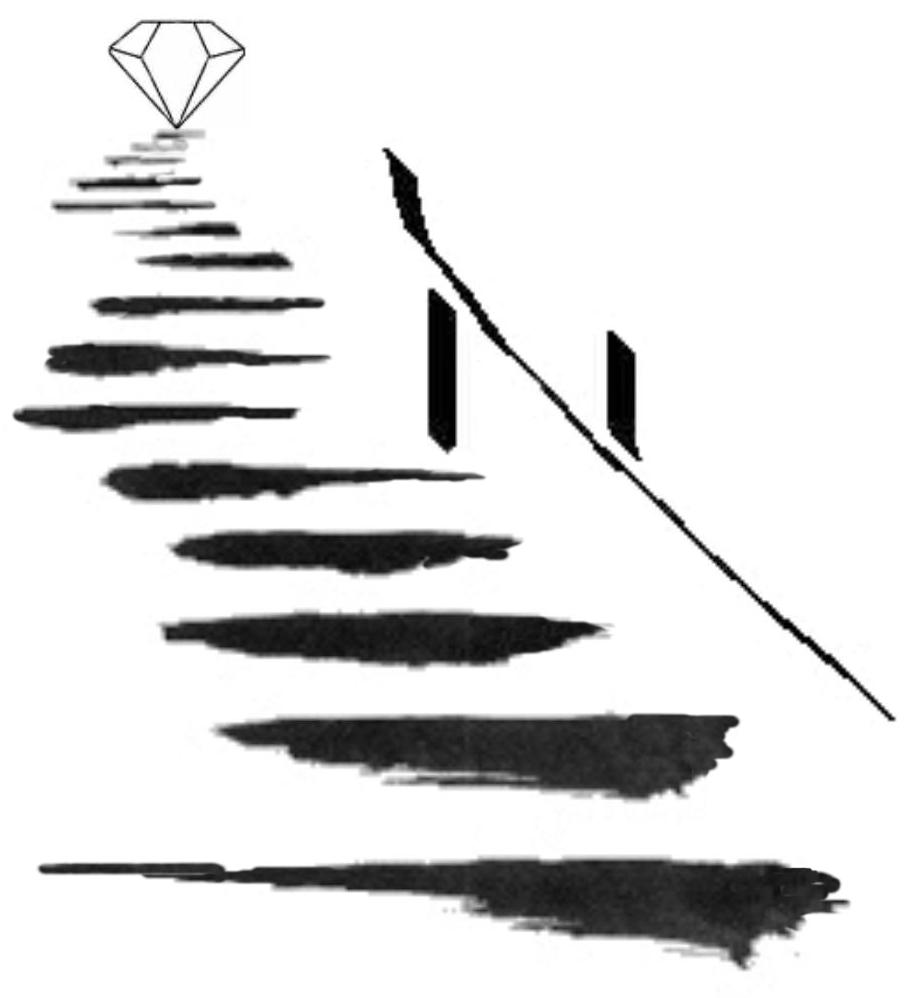
The Gemstone Art of
Gary Nickel
About Petrified wood
from http://www.mineralgallery.co.za/woodopal.htm
Wood opal is formed by the replacement of the wood by siliceous material. Ancient forests which became immersed in water containing silicas are the basis of petrified wood. Scientist can still not adequately explain the process. The final product looks like wood but it actually is a stone. The decaying cells of the wood were replaced by the silica and, because each growth ring in any particular tree varies in hardness, decay seems to have taken place at varying rates. The replacement by the silica has been at different times with the result that the wood opal has different colors showing in the same stone. Many people are amazed when they see it.
Wood opal or petrified wood should really be included in the quartz group of stones, but it is not normally accepted as being a true mineral and is frequently protected as a national relic in countries where it is scarce. The unique collection that we at the mineral gallery have comes from Zimbabwe. They are part of a protected forest that has complete petrified trees. See our bookends made out of 200 million year old petrified wood or our slices which we sell in sets of 6 as coaster sets. We also have complete stumps polished on the one side.
Petrified wood is the result of a process called petrifaction (or petrification), meaning "to change into stone." The process involves mineral emplacement, in which dissolved minerals are carried by groundwater into the porous parts of buried wood (or shells or bones), where they crystallize out and settle, filling the pores. An object so impregnated with minerals is denser, heavier, and more resistant to destruction than it was originally. The term petrifaction is also used to designate the process in which minerals completely replace the original material, which has been slowly dissolving away. A distinction is sometimes made between these two processes, the first being referred to as permineralization, the latter being called mineralization.
During the Triassic Period, from about 225 million to 190 million years ago, two major elements of the dominant flora were the cycadophytes and the conifers. The cycadophytes were relatively small cycadlike trees, but some of the conifers grew to about 60 m (220 ft) in height and 3 m (10 ft) in diameter. The conifers often grew in large forests, in marshes, and in other very humid habitats. Many of these wetlands had previously been shallow seas, and at the end of the Triassic the shallow seas returned and submerged the forests.
The drifting logs or upright stumps of the forest remains were eventually buried in volcanic ash or other sediments, and the process of permineralization began. The waters penetrating the sediments were rich in mineral salts, which reacted with the plant matter inside the cell walls of the trees. The most common of these minerals were silica, occurring as quartz, of which chalcedony and jasper were part; calcium carbonate, occurring as calcite; pyrite and dolomite; and iron and magnesium oxides, which give petrified wood colors of red, yellow, and orange.
As the mineral salts penetrated into the cells and started to crystallize, they usually left the cell walls almost completely intact. Thus petrified wood, although of rocklike density and weight, consists of both organic (1% to 15%) and mineral matter. Complete crystallization of the cell cavities was a very rapid and extremely efficient process that left fossils so well preserved, with such excellent clarity and transparency, that they can be studied through a microscope in the same manner as recent biological material.
Eventually, the shallow seas once more withdrew, leaving great depths of sediment behind. Erosion by wind, rain, and other agents began and eventually exposed the petrified trees.